For a moment it seems Harald J Wester, Alfa Romeo CEO since 2010, is about to break the habit of a lifetime and reveal that bit too much about his company’s future.
This is not usual. German-born Wester spent the first 14 years of his career as a young mechanical engineer rising rapidly through the ranks of the monolithic Volkswagen Group – where only those expressly authorised are free to speak in public – so he hardly ever utters a word out of place, even in his second language.
We’re discussing Alfa’s much-publicised expansion plan, announced last summer in Milan, to use eight new models and a much-delayed US launch to boost volume from last year’s sub-80,000 units to 400,000 in 2018 – and as an outsider, aware of the firm’s ropey record on expansions, I can’t resist saying it looks a scarily steep mountain to climb.
Read Andrew Frankel on the Alfa Romeo 75 and original Giulia
Wester is as reasonable and softly spoken as any country vicar, but you can tell that after 15 months of justifying the recovery plan, he’s a little fed up with having to rationalise the validity of his task, especially when the interviewer poses the obvious supplementary: if you couldn’t succeed before, how can you succeed now?
“Look,” he says, with an edge of exasperation, “a volume around 400,000 for all those new models won’t even be a particularly big success for Alfa. Some would say it represents too much new product for too little volume. In the second generation, an investor would probably expect sales to go significantly beyond those numbers.”
How big could Alfa become?
For a second, there’s a hint of an open goal: how much Alfa volume might the investor foresee? How about 600,000? In my dreams, I’ll get a positive answer and an exclusive. The prospect of Alfa Romeo volume achieving viability is especially enticing to someone like me who has chronicled the company’s losses and failed recoveries for 40 years. But the glimpse of a farther future goes in a flash. “Our first job is to make a start,” he says with finality.
“An important part of our job is to make the existing Alfisti happy,” he acknowledges. “It is wonderful, knowing how many people have continued to support our brand in its bad years. But there are not enough of these people available to build a strong future. We have to find more customers, and the way to do that is by providing what they want. Fancy niche models will not contribute very much to our stability.” He does not say “like the 4C” but it is clear this is what he’s thinking.
Where are these new customers? Wester slips into the ‘professor’ guise he wears rather well. Last year, he explains, around 90 million cars were sold worldwide. Nine million were premium cars – and a remarkable two-thirds of those fell into just four sectors: full-sized saloon, full-sized SUV, mid-sized saloon and mid-sized SUV. Who can be surprised that Alfa plans to launch products in these classes to build its eight-model future?
“Let’s talk Maserati for a minute,” says Wester, continuing the lesson, this time with his second CEO’s hat on (perhaps there will be time to learn something of Abarth, the third string to his busy bow). The total volume of the classes into which Maserati’s models fit makes a million sales worldwide. Of those, 550,000 are SUVs. “You can remain pure and ignore the crossover trend,” says Wester. “But if you do, you can look forward to a beautiful death.”
If his Alfa plan works, Wester says, it will right most of the company’s enduring wrongs by bringing back exciting and emotional products, greatly increasing car manufacture and car-making jobs in Italy (where the Alfas are to be made) and restoring the company to sectors where decent margins can be earned. It sounds like a kind of Italian Nirvana.
However, understanding Wester’s view of the future requires you to appreciate his view of the past: what, exactly, went wrong at Alfa. Given that he has occupied a ringside seat since joining the Fiat Group as chief technical officer in 2004 (after a short stint as Ferrari’s director of product development) his view carries an impressive ring of authority.
When did it all go wrong?
Things started going wrong as far back as 1986, he believes, when Fiat’s bosses found themselves in charge of Alfa Romeo. Understandably, Alfa’s leaders started looking for economies and synergies, instantly finding productive possibilities in the Fiat range. However, they lacked vision and “completely forgot” that one of the prime jobs of the new cars was to continue Alfa’s unparalleled heritage.
As an example of a bungled product, Wester singles out the 159 of 2005, the result of a deal between GM and Fiat that paid only minimal attention to being an Alfa. “It was a mess,” he admits, “an enormous investment in a model that wasn’t even state of the art. The past 30 years were a continuous story of over-promise and under-delivery. Some of Alfa’s managers were disrespectful to everything it stood for in the past. But now we are starting from scratch.”
When will it start going right?
When you enquire, as politely as possible, why the yearned-for renewal is only beginning now, Wester looks weary. Someone as hard working as this isn’t going to respond well to the inference that he and his colleagues have spent years sitting on their hands.
“Ten years ago, we were nearly broke,” Wester explains, “which meant we could not afford to build the products we knew were needed. On top of that, we lacked a proper distribution network, another essential for success. These things have become available recently, because of our association with Chrysler. The game is different now.”
Six of the proposed eight new Alfa models, as we read them, will be volume-builders: two new-generation Alfa Romeo Giulietta models (probably a saloon and five-door hatchback, maybe on a shortened Giorgio rear-drive platform, although that’s not confirmed); two Giulia models off the new platform (the new four-door saloon and probably an SUV-cum-crossover); and a new full-sized saloon and crossover (again using a modified Giorgio platform).
The remaining two models will probably be brand-new versions of the GTV coupé and Spider convertible, again built off the rear-drive architecture. The mid-engined four-cylinder 4C will continue for now, but there is no indication that it will be replaced.
Even though Wester insists it has been successful in the past, the Punto-based Mito definitely won’t have a replacement, simply because this is no longer an economic market sector in which a manufacturer like Alfa is able to operate. “Mito is premium, B-segment, three-door and made in Europe – nobody is buying cars like these,” he says.
On motorsport, Wester confesses that he loves track driving but has no plan to spend Alfa’s precious resources on high-profile racing. It may have helped build the company’s heritage, he says, but the ‘win on Sunday, sell on Monday’ adage simply isn’t appropriate in the modern era. “We will engineer our new cars so owners can enjoy them on the track,” says Wester. “Which means concentrating on lightness, good weight distribution, advanced engines, latest technology and emotional, ground-breaking design. If we can do these things well, we will succeed.”
Get the latest car news, reviews and galleries from Autocar direct to your inbox every week. Enter your email address below:

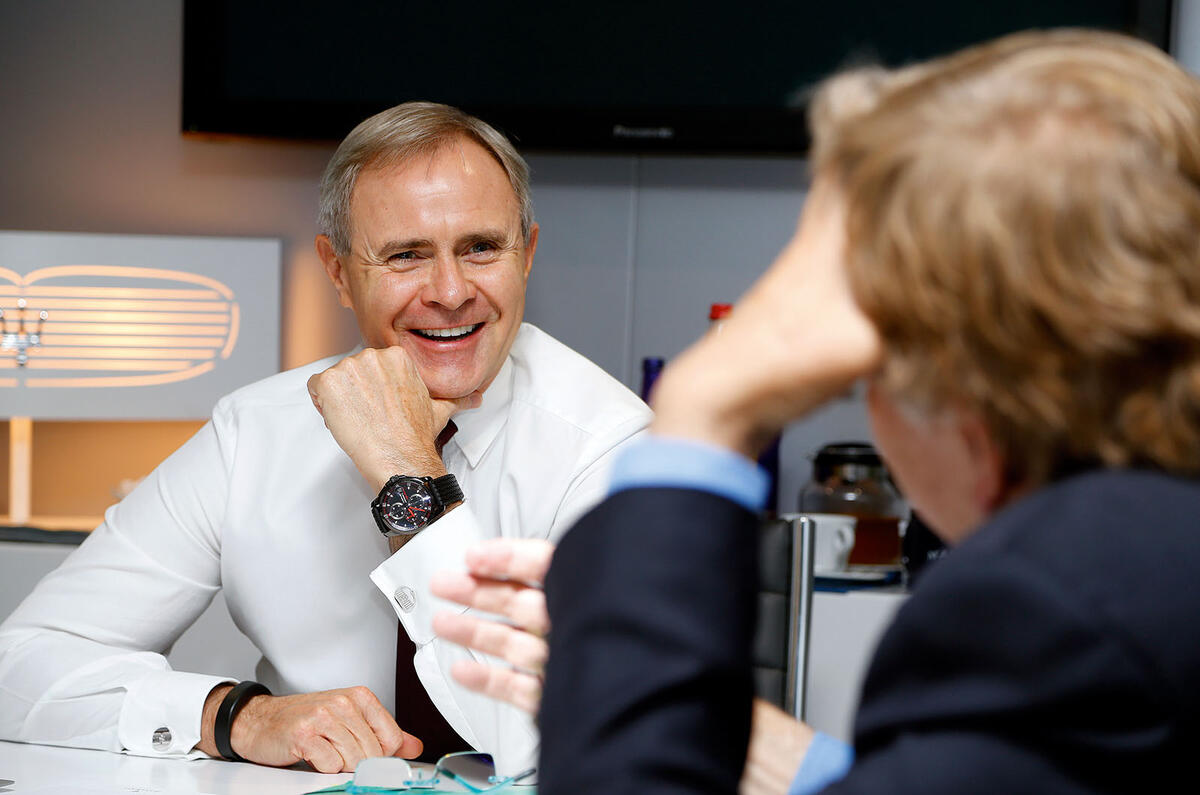
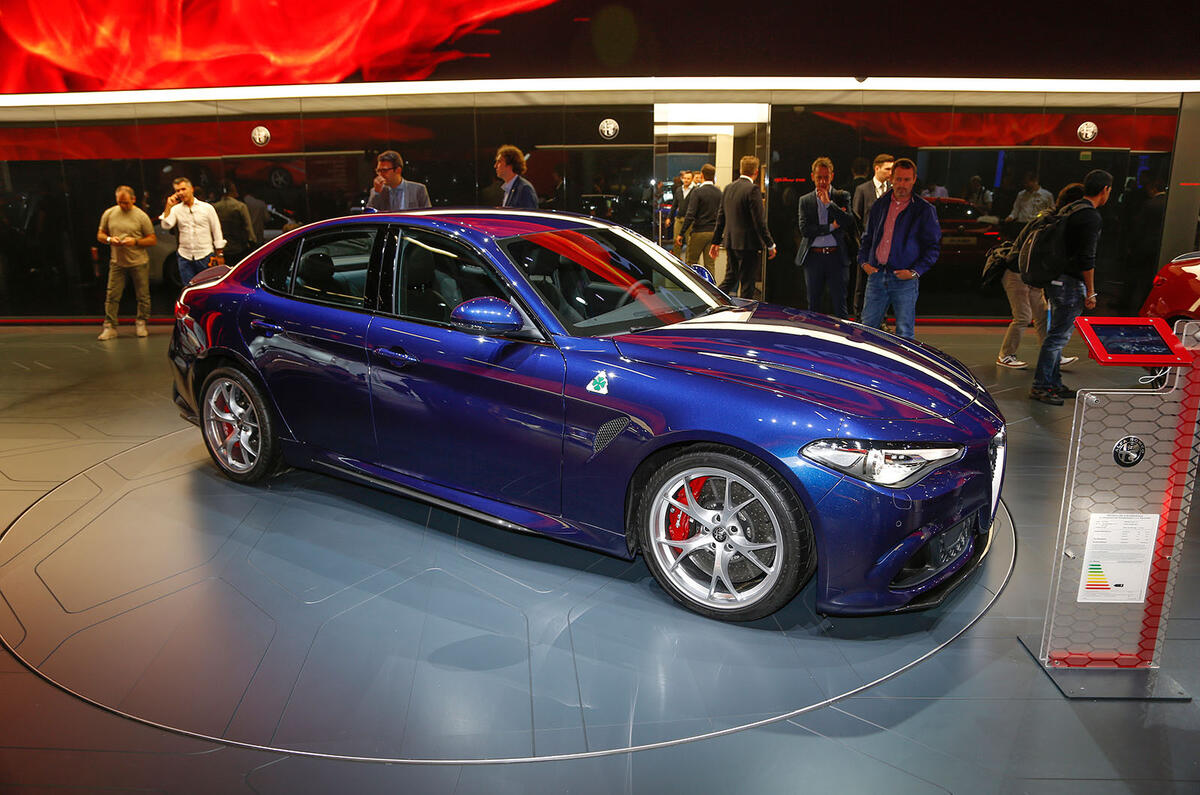

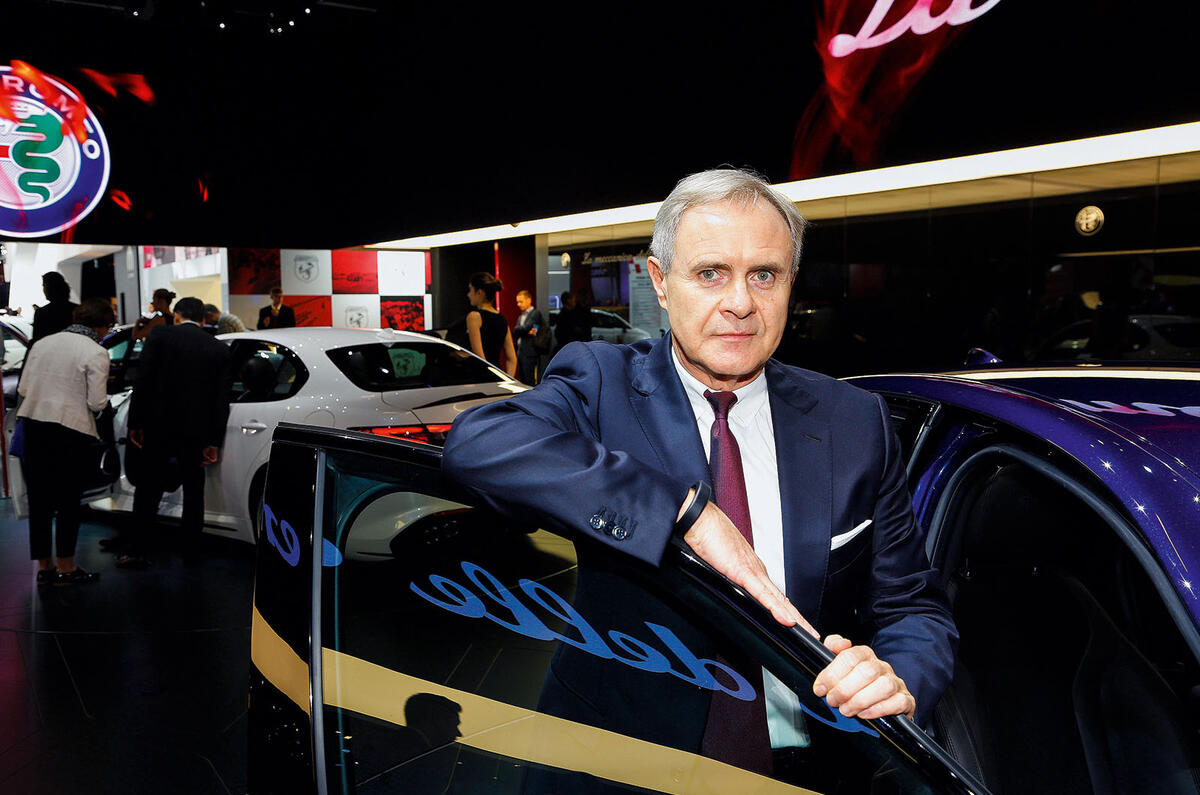
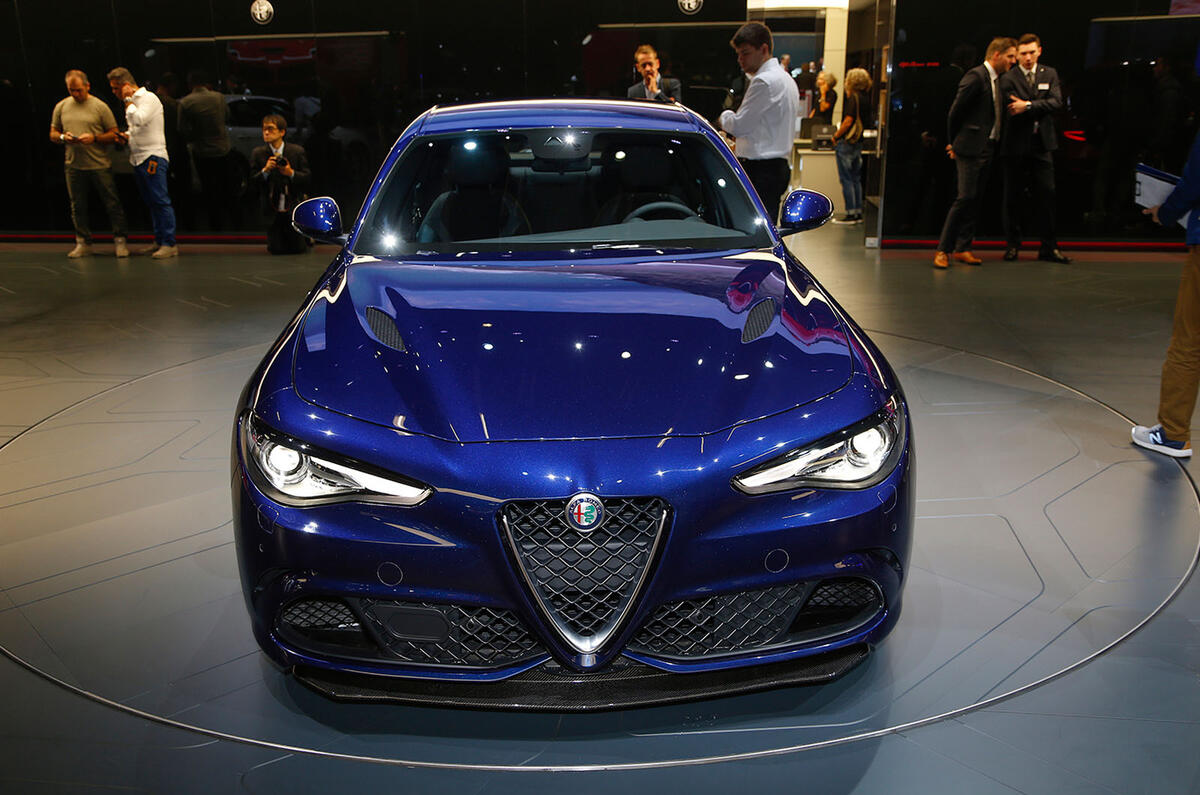
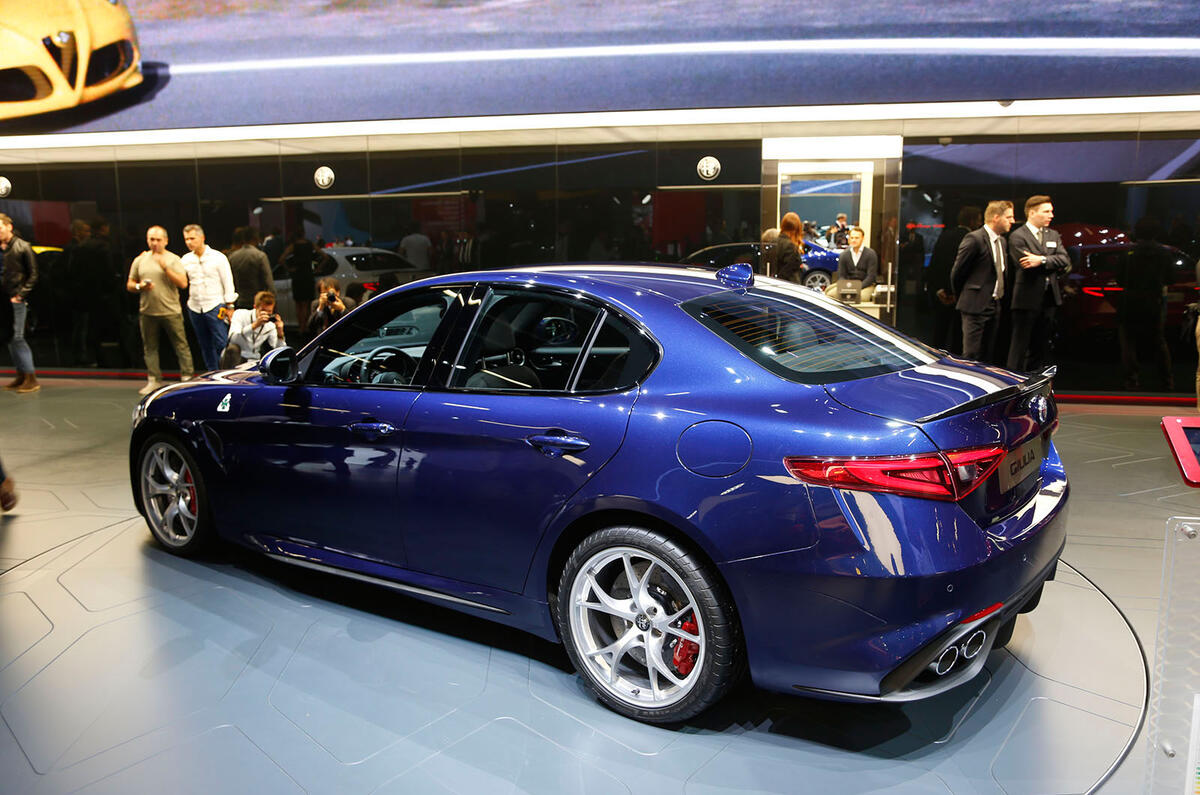

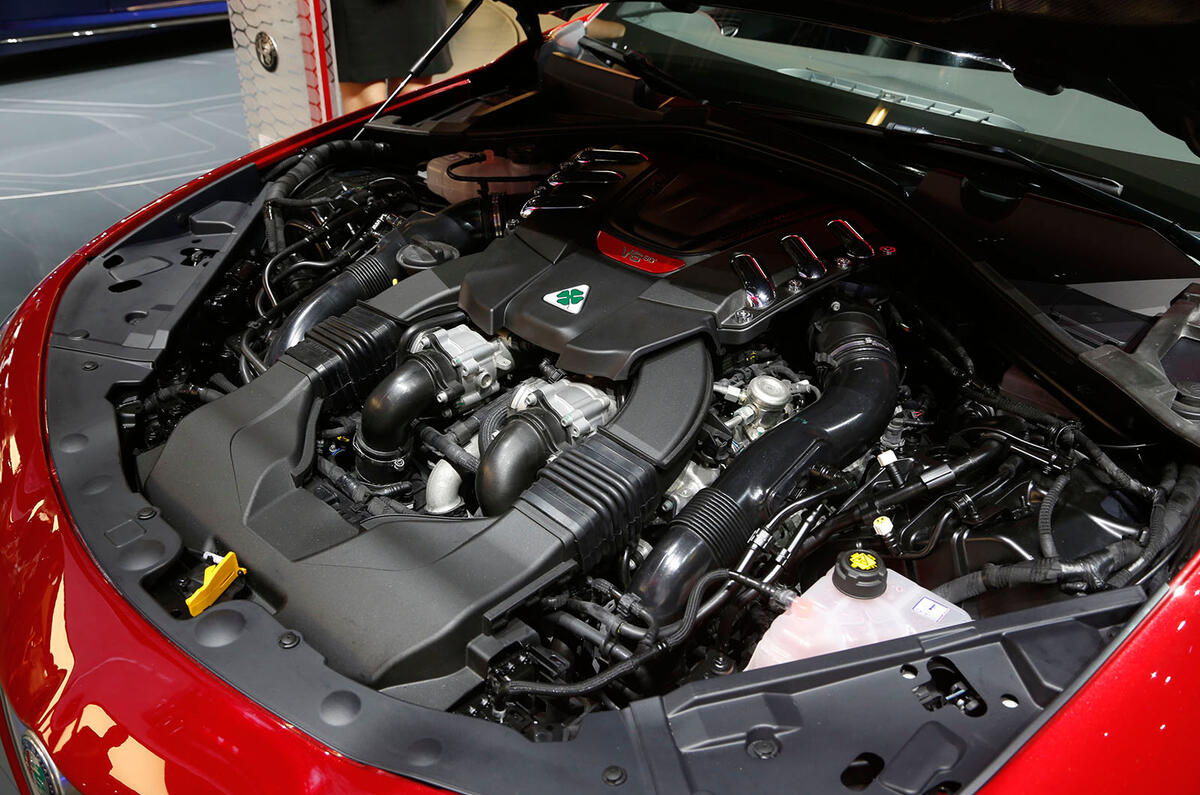
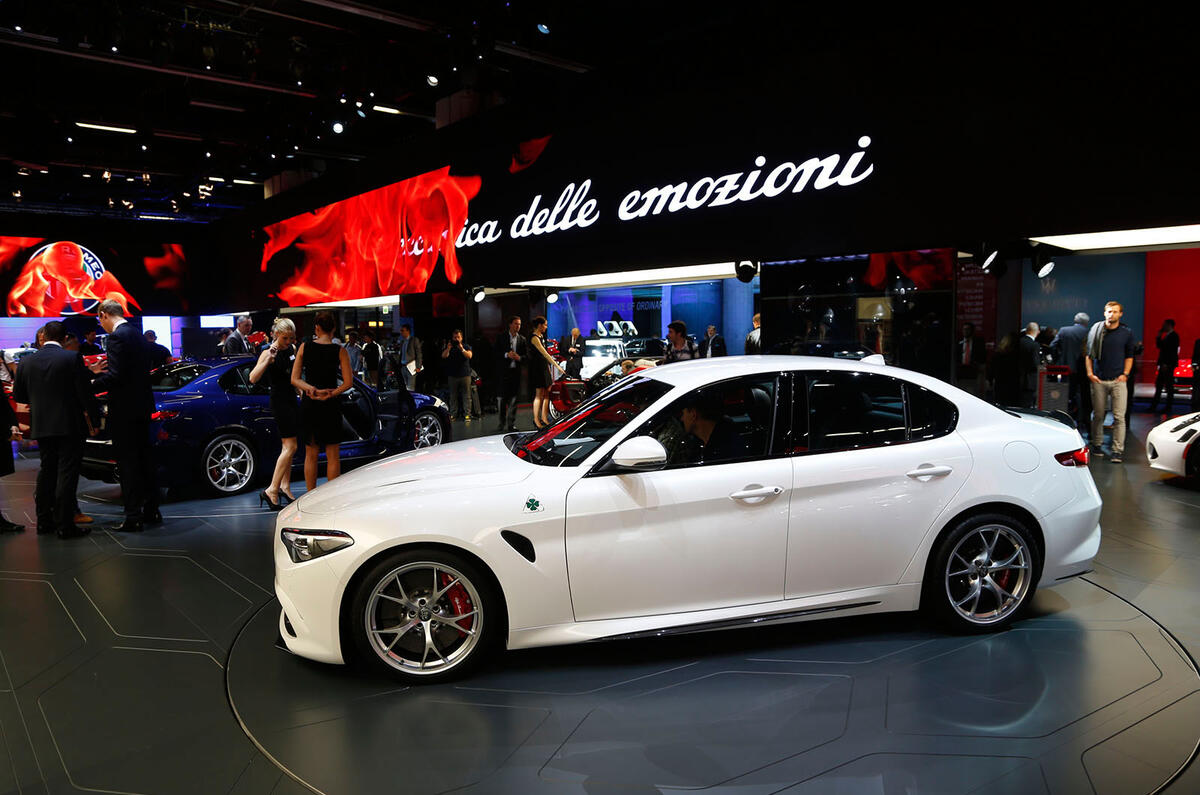
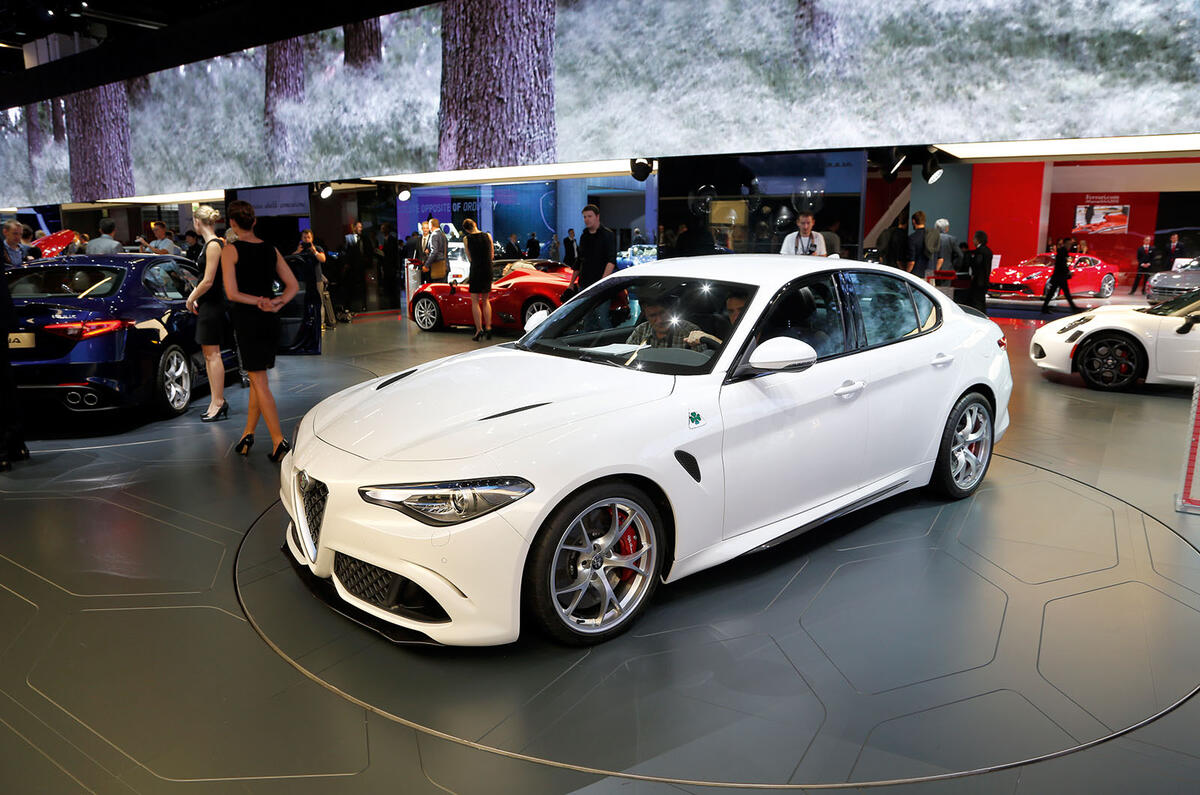
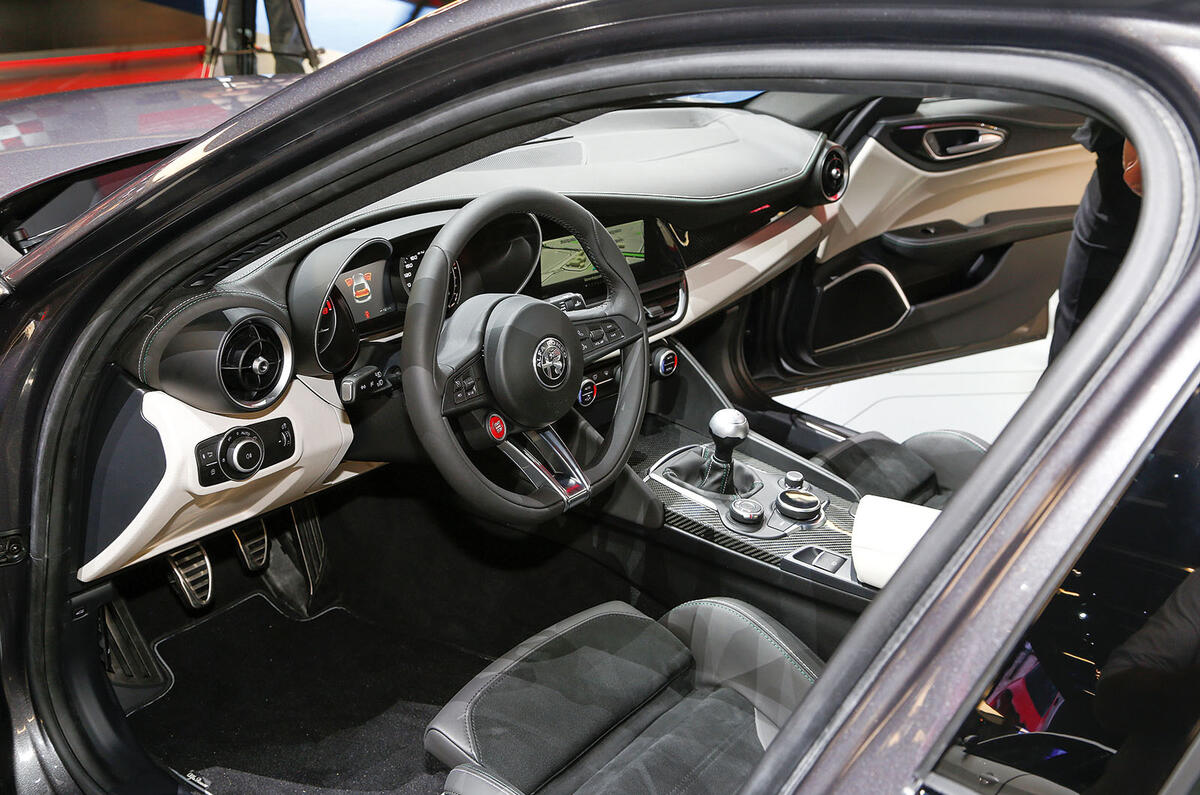








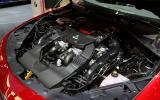










Join the debate
Add your comment
Don't hold your breath!
Was the 159 all that bad?
I agree with the sentiments expresses thus far regarding the mito. The mini and a1 prove the formula works if properly executed, a grande punto robbed of its looks wasn't ever going to cut it.
Yes, that was a bit weird.
'the Punto-based Mito
Oh dear, and they are making a full sized saloon too?! Even if the Guilia is excellent, brand perception is at an all time low. No one buys the Mito because it's a stinker!!
Sam_notts wrote: No one buys
And if he's blind to something as obvious as that, it doesn't bode well for his perception of what the Alfa Romeo brand should be all about.